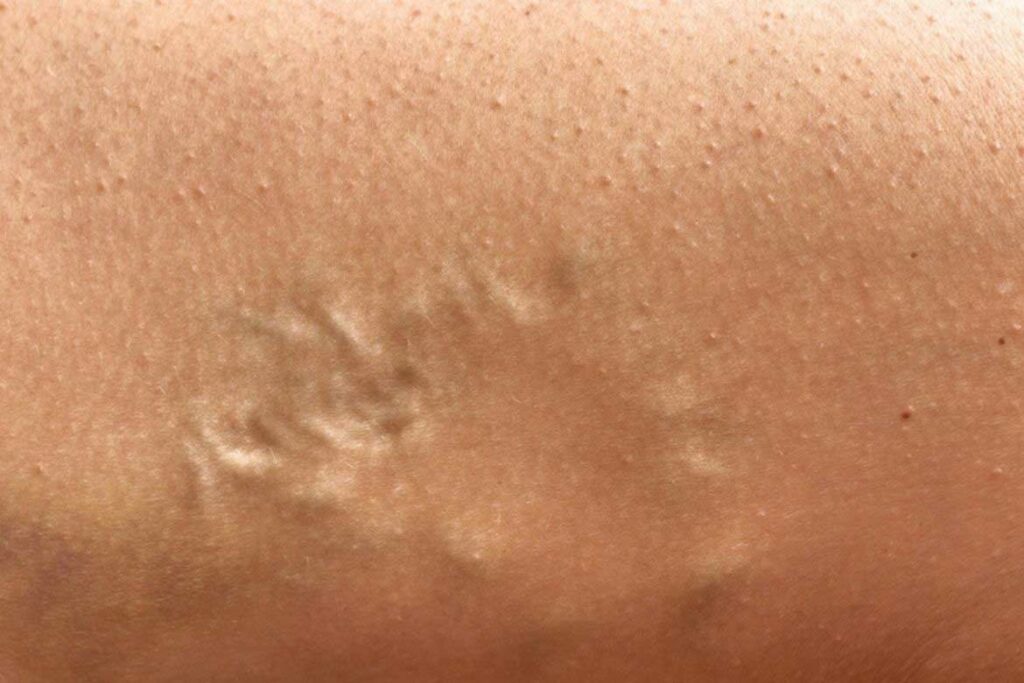Varicose veins aren’t considered a major medical problem. They can, however, be bothersome and lead to more serious problems. They may also make people feel uncomfortable and some people feel embarrassed too.
Varicose veins are apparent swollen and twisted veins that most commonly affect the veins in the legs because standing and walking increase the pressure in the lower body’s veins. They are usually bulging and bluish. With the hot summer sun beating down on us, health experts warn that if you have varicose veins, you must be particularly cautious and not take them lightly, or your pain may develop and you may suffer when the temperature rises.
What are the causes?
Varicose veins also called varicose veins or varicosities, develop when our veins become swollen, dilated, and overfilled with blood. When blood flow is obstructed, blood cannot flow as efficiently, resulting in veins that swell, twist, and become too large. These veins are usually harmless, though they can be painful and disfiguring.
What are the symptoms?
Here are some indications of varicose veins:
• Skin discoloration in the area of the veins.
• Itching in the veins’ surrounding area.
• Aches and pains after lengthy periods of sitting or standing.
• Leg heaviness and even edema in the lower thighs.
Why this problem aggravates in summer?

Read more: How to treat dry nose in summer at home?
You’ll be surprised to know that varicose veins can get worse in the summer. Your symptoms, such as leg discomfort and edema, will be exacerbated by the intense summer heat. As a result, if you spend a lot of time outside in the heat, your legs will become heavy. Heat causes the veins to bulge, even more, causing a slew of problems. As one loses heat and maintains a consistent body temperature, hot temperatures widen the veins mostly on the surface of the skin.
It is important to note that this is a typical reaction to heat, similar to sweating and does not necessarily indicate that the veins are aberrant.
Tips to minimize this problem:
Here are some key techniques for dealing with varicose veins this summer:
- It’s possible to minimize this by lying down on your bed and resting your legs on a couple of pillows. This will guarantee that the legs receive adequate blood flow.
- Your pain may become worse if you do not move at all. As a result, it’s vital to start exercising after talking with your doctor.
- Avoid sitting with your legs crossed. Massage your legs as well to improve blood flow to the veins. You must not, however, pressurize the veins.
- Wear compression stockings after checking with your doctor to avoid severe cramping.
- To maintain the blood moving properly in the leg, drink plenty of water. Dehydration can induce tissue swelling and muscle cramps in the legs. Avoid alcohol, which might dehydrate you.
- Leg pain and edema are caused by varicose veins. It is, thus become important to get enough rest. Get a decent night’s sleep as well.
- Blood might pool in your legs and create pain if you sit for long periods of time.
- Tight clothing puts unnecessary strain on your veins. As a result, dress in loose, breathable clothing.
- High heels tend to restrict calves’ movement, limit blood supply to the legs, and exacerbate swelling and vein problems. So, only wear shoes that are properly fitted.
Also read: Diagnosed with Kidney Stones? Following a Low Oxalate Diet will Help you
